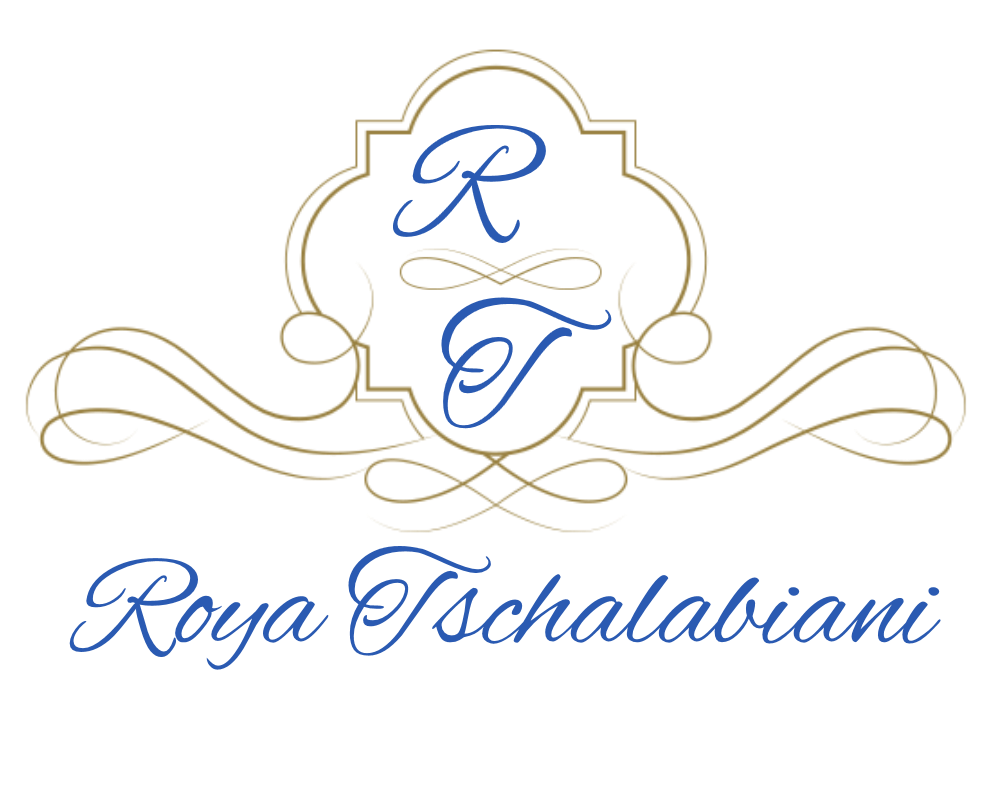Everyone learns differently. Whether you are a visual, auditory, tactile, or communicative learner, your learning style directly affects how much you retain and how effectively you apply what you have learned. The key to success is not simply studying more, but studying in a way that suits your strengths. By identifying your dominant learning style(s), you can tailor your approach to ensure long-term retention and greater success — a strategy that is both efficient and effective.
“Knowing yourself is the beginning of all wisdom.” — Aristotle
Expanding on Learning Styles for Language Acquisition
Understanding your dominant learning style can significantly enhance your language learning experience. Language acquisition is not one-size-fits-all; each learner’s style can shape how effectively they retain and apply new information.
- Visual Learners often thrive when they can see information presented clearly. Charts, flashcards, and written notes are invaluable tools for these learners. They may be the ones who quickly notice patterns in written words and associate them with images or colors. Visual aids, markers, videos, or pictures can accelerate their understanding of new vocabulary or grammar rules.
- Auditory Learners, on the other hand, absorb language best through listening. They might easily pick up on pronunciation or tone through conversation and benefit from listening to podcasts, audiobooks, or audio exercises. For these learners, repeating new words out loud or having the opportunity to engage in spoken dialogue can be highly effective.
- Tactile Learners excel when they “do” rather than “watch” or “hear.” For them, practicing speaking or writing the language repeatedly is key. These learners often benefit from interactive methods such as role-playing, writing out new words, or using language apps that require action. The more they physically engage with the language, the stronger their retention.
- Communicative Learners excel in social settings. They love participating in discussions, study groups, or group activities. This type of learner will often learn best through conversations with others, as real-time feedback and explanations from peers reinforce their language skills. They thrive on hearing different perspectives and may even pick up a language faster through informal exchange than through traditional study methods.
Recognizing your preferred learning style and adapting your study techniques accordingly can make the difference between feeling overwhelmed and feeling confident in your progress.


Wrapping Up with Key Insights
Understanding your personal learning style is crucial for maximizing language retention and progress. Whether you thrive as a visual, auditory, tactile, or social learner, adapting your study techniques to align with your strengths can significantly improve your efficiency and build self-assurance. By understanding and embracing how you learn best, you pave the way for lasting success, making your language journey more enjoyable, rewarding, and effective.


Leave a Reply